I have 2 questions about constraints and auto layout:
- How programmatically create a cell-like in the picture below? I didn't understand how to programmatically add auto-layout and constraints for my cell.

- How to assign default Apple layout margins to the cell? (for example, left inset in default cell equal 20 pt for big screens and 16 pt for small).
My current code:
class cellWithTitleAndDetail: UITableViewCell {
// MARK: - Properties
let title = UILabel()
let detail = UILabel()
let stackView = UIStackView()
// MARK: - Override init
override init(style: UITableViewCell.CellStyle, reuseIdentifier: String?) {
super.init(style: style, reuseIdentifier: reuseIdentifier)
title.translatesAutoresizingMaskIntoConstraints = false
detail.translatesAutoresizingMaskIntoConstraints = false
stackView.translatesAutoresizingMaskIntoConstraints = false
stackView.axis = .horizontal
stackView.alignment = .center
stackView.distribution = .fillProportionally
// Set color
title.textColor = .white
detail.textColor = .white
// Highlight StackView
stackView.addBackground(color: .blue)
stackView.addArrangedSubview(title)
stackView.addArrangedSubview(detail)
stackView.layoutMargins = UIEdgeInsets(top: 0, left: 20, bottom: 0, right: 20)
stackView.isLayoutMarginsRelativeArrangement = true
self.contentView.addSubview(stackView)
}
required init?(coder aDecoder: NSCoder) {
fatalError("init(coder:) has not been implemented")
}
override func setSelected(_ selected: Bool, animated: Bool) {
super.setSelected(selected, animated: animated)
}
}
Update:
Below added my new code and code from DonMag's answer.
New question: "LayoutMarginsGuide" works perfectly on iPhones with screen width that equal to 375 pt(image 375-1). But on big size screens separator appears earlier than the cell(image 414-2). How I can fix this?
New code:
// MARK: - Override init
override init(style: UITableViewCell.CellStyle, reuseIdentifier: String?) {
super.init(style: style, reuseIdentifier: reuseIdentifier)
// Off translatesAutoresizingMaskIntoConstraints
title.translatesAutoresizingMaskIntoConstraints = false
detail.translatesAutoresizingMaskIntoConstraints = false
stackView.translatesAutoresizingMaskIntoConstraints = false
// Setup stackView
stackView.axis = .horizontal
stackView.alignment = .center
stackView.distribution = .fill
// Hugging
title.setContentHuggingPriority(UILayoutPriority(rawValue: 750), for: .horizontal)
detail.setContentHuggingPriority(UILayoutPriority(rawValue: 250), for: .horizontal)
// Resistance
title.setContentCompressionResistancePriority(UILayoutPriority(rawValue: 750), for: .horizontal)
detail.setContentCompressionResistancePriority(UILayoutPriority(rawValue: 250), for: .horizontal)
// Set textAlignment
title.textAlignment = .left
detail.textAlignment = .right
// Set numberOfLines
title.numberOfLines = 0
// Highlight stackView and set colors
stackView.addBackground(color: .blue)
title.textColor = .white
detail.textColor = .white
// Add title and detail
stackView.addArrangedSubview(title)
stackView.addArrangedSubview(detail)
// Add to subview
self.contentView.addSubview(stackView)
// Get layoutMarginsGuide
let layoutMarginsGuide = contentView.layoutMarginsGuide
// Set constraints
NSLayoutConstraint.activate([
// constrain all 4 sides of the stack view to the content view's layoutMarginsGuide
stackView.topAnchor.constraint(equalTo: layoutMarginsGuide.topAnchor, constant: 0.0),
stackView.leadingAnchor.constraint(equalTo: layoutMarginsGuide.leadingAnchor, constant: 0.0),
stackView.trailingAnchor.constraint(equalTo: layoutMarginsGuide.trailingAnchor, constant: 0.0),
stackView.bottomAnchor.constraint(equalTo: layoutMarginsGuide.bottomAnchor, constant: 0.0),
])
}





